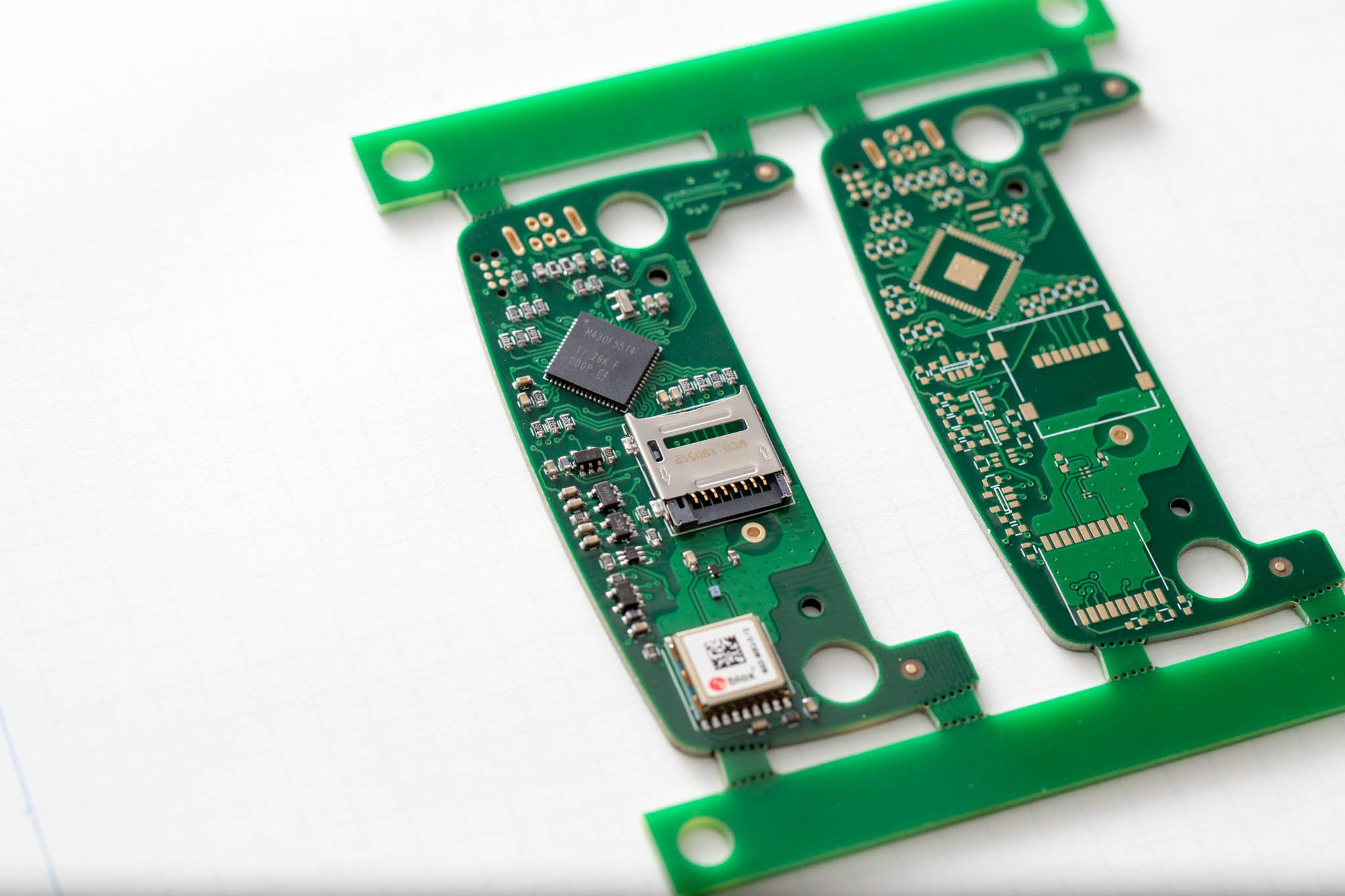- PCB Blog
- PCB Assembly Blog
- About PCB Assembly
- QFP and BGA and the Development Trend in PCB assembly
- Why some components need be baked before reflow soldering
- About Flex PCB Assembly
- Manual Soldering in SMT Assembly Manufacturing Process
- BGA Components and BGA Assembly
- Quick Understanding for PCB Assembly Process
- About SMT Assembly (Surface Mount Technology)
- About THT Assembly (Through-Hole Technology)
- About Reflow Soldering
- About_Wave_Soldering
- PCB Assembly Inspections and Tests
- Panel Requirements for PCB Assembly
- About SMT (Surface Mount Technology)

When you visit a PCBA Manufacturer in China you may ask the engineer or the engineer will tell you why the component would have needed to be baked before reflow soldering.
In general, the reason for baking a component is to carefully remove all the moisture from the plastic part of the component. When a SMT component goes through a reflow oven, the temperature of the component (obviously) rises very quickly, causing any moisture inside to turn into steam. If without process of baking, it may lead some problems during inspection such as cold soldering.
When we need to bake the component?
1. No need bake if component with sealed vacuum bags.
2. If the relative humidity level is over 20% showed on humidity indicator when open the bags then component require baking.
3. If the component exposed over 72 hours (bag opened) before reflow soldering then component require baking.
4. If the component packed with other kind bags but not vacuum bags and without humidity indicator then component require baking.
5. The recommended bake humidity for component in is 10%, the recommended bake time is 48 hours.
Extension
1. The lifespan of component is 12 months under sealed vacuum bags.
2. After opening the bag, in conditions of 30℃ & 60%RH, the component need bake before reflow soldering if based on below situation (see table)
IPC/JEDEC J-STD-20 provides Moisture Sensitivity Level
MSL 6 – Mandatory Bake before use
MSL 5A – 24 hours
MSL 5 – 48 hours
MSL 4 – 72 hours
MSL 3 – 168 hours
MSL 2A – 4 weeks
MSL 2 – 1 year
MSL 1 – Unlimited
3. If the sealed bags opened however no need production at that moment then the component need to be stored in the drying oven instantly (in conditions relative humidity below 20%).